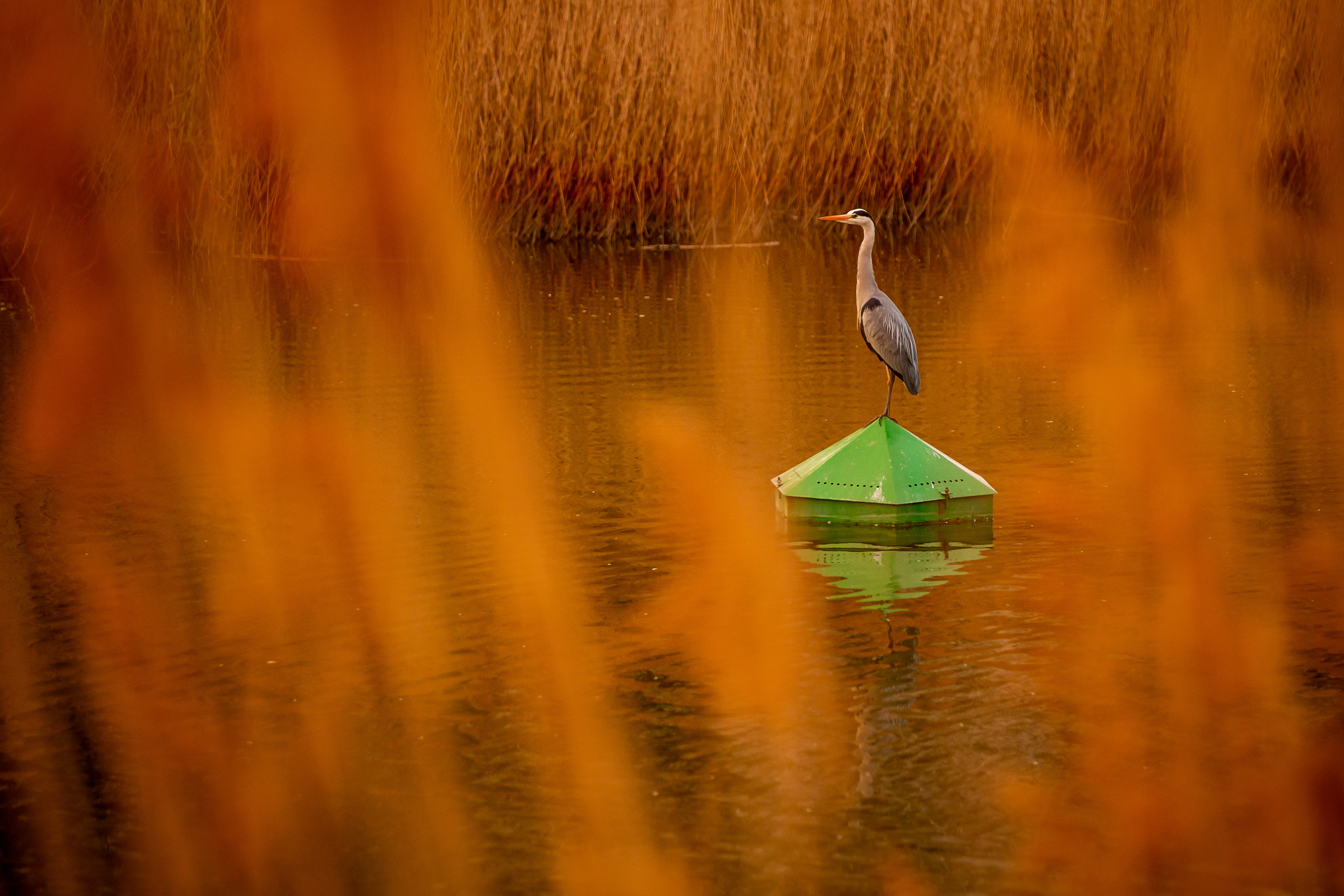The green areas around Budapest offer good vantage points to observe birds and listen to their song. Larger wooded areas include Ördög-orom past Madárhegy (‘Bird Hill’) in Buda, where titmice and robins await, and Sas-hegy, which got its name of Eagle Hill after these magnificent birds were said to have flown round the peak after Buda was reclaimed from the Ottomans in 1686.
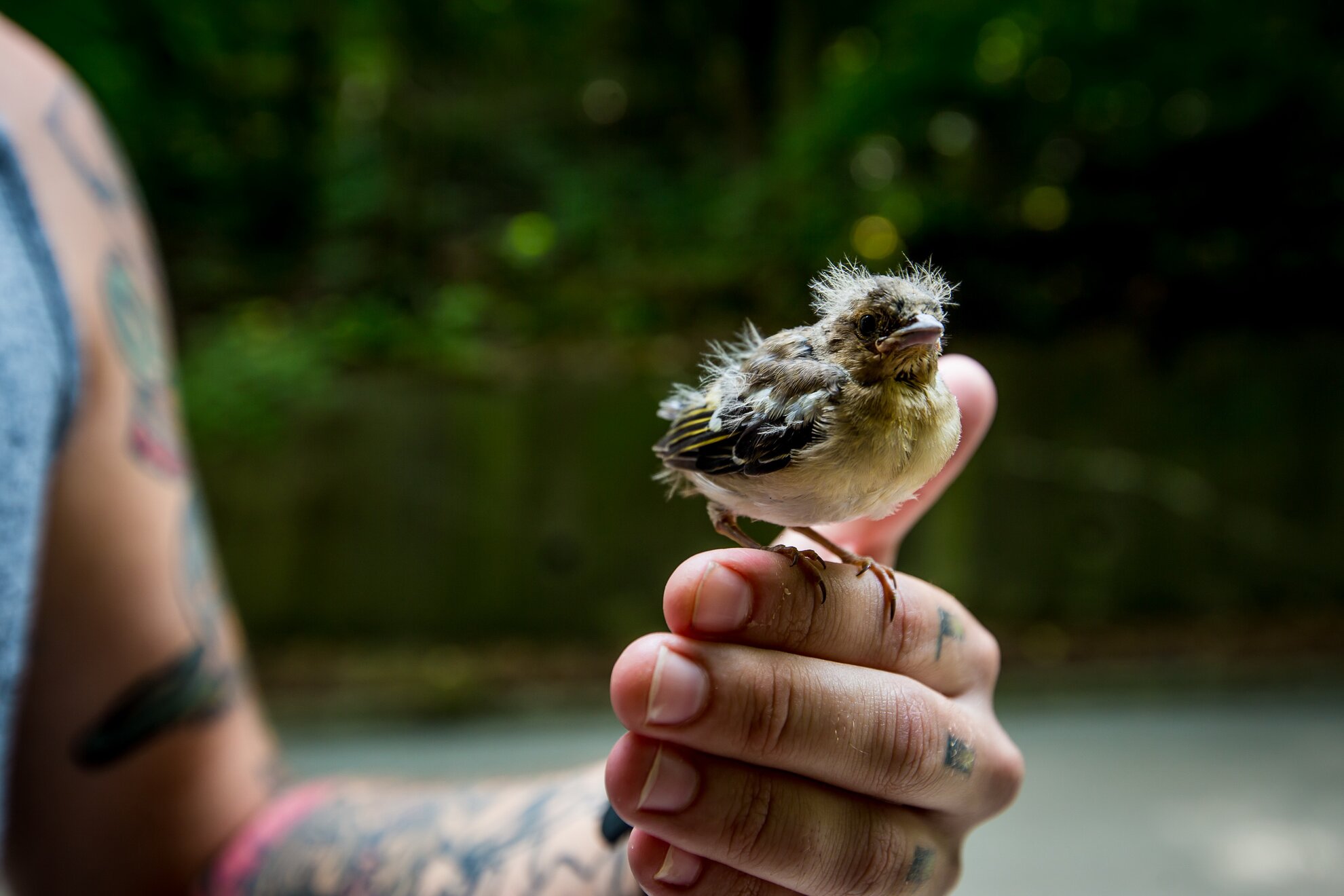
Magpies reside in the woods of Kamaraerdő in south Buda and the Danube side of Gellért Hill while a canopy trail is being built on Normafa for visitors to observe birdlife up closer. In Mátyásföld, east Pest, you can even waterfowl at Lake Naplás and the Merzse marshes.
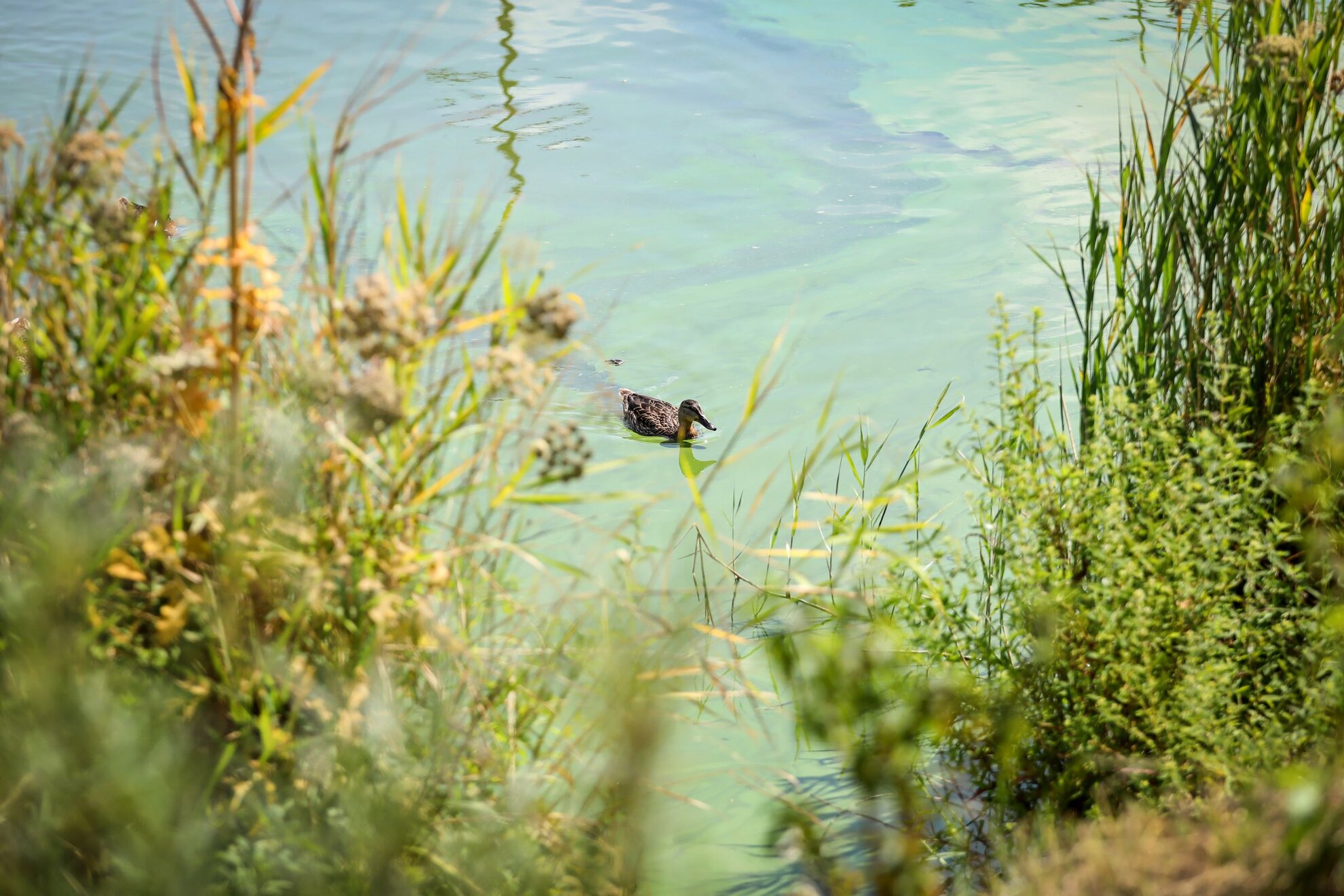
It’s not only the hiking areas out of town, but
also the city’s larger parks are worth visiting to catch a little birdsong, as
these places can be home to up to 15-20 varieties. Local residents might not
think that such a small green oasis can be home to so many creatures, and so they don’t
look for them.
Although city birds are less shy than their countryside
counterparts, the curious visitor still needs to look at the environment
differently if they want to observe any. Of course, binoculars don’t hurt. The
BirdNet app is handy for identifying what you can
hear.
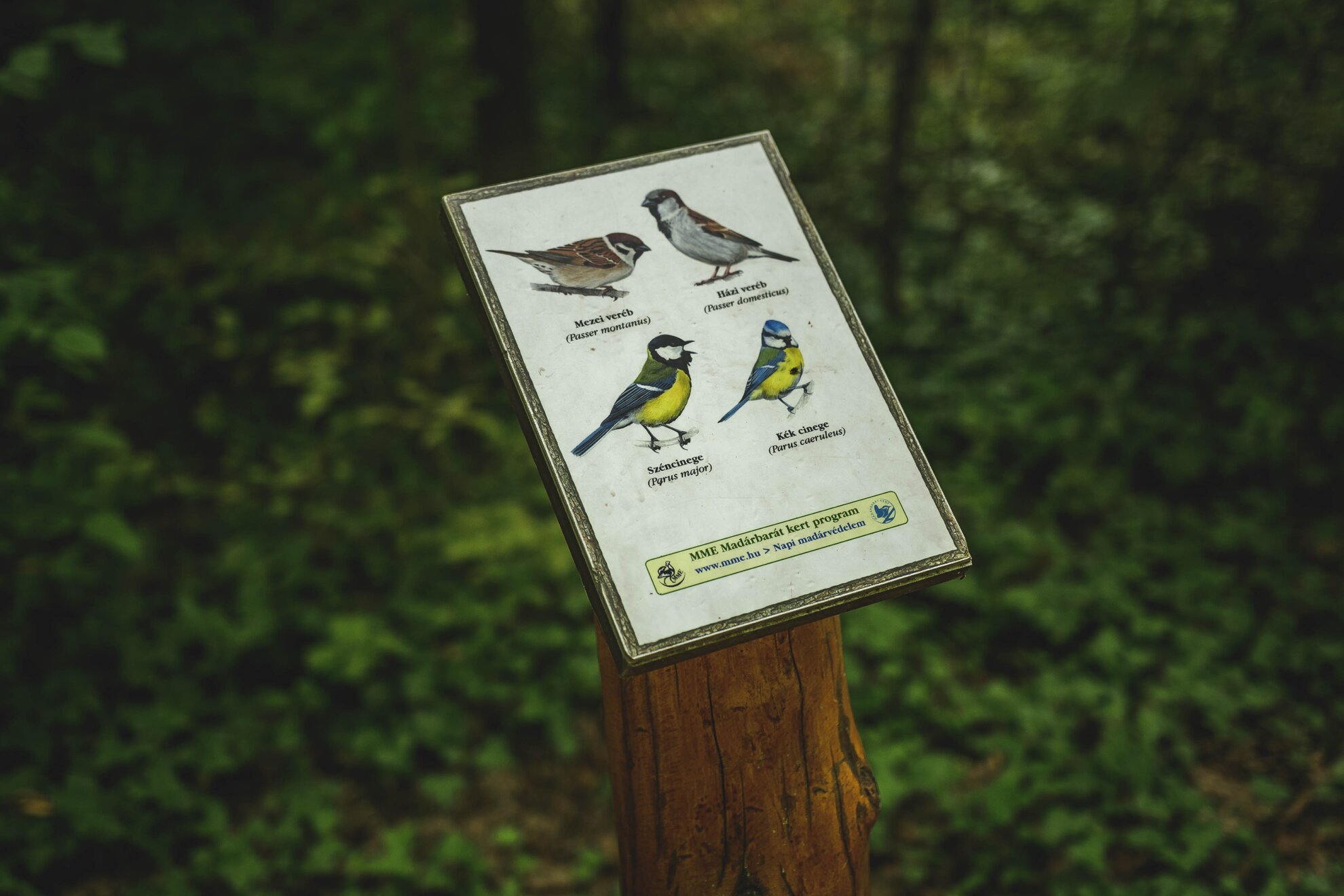
Unless you want to observe very active great horned
owls at night in Városmajor park,
the best time for bird-watching is in the early morning, shortly after sunrise.
On Margaret Island, while robins
and blackbirds now sing in the evenings as well due to the heavy light
pollution, you can observe European green woodpeckers and garden warblers.
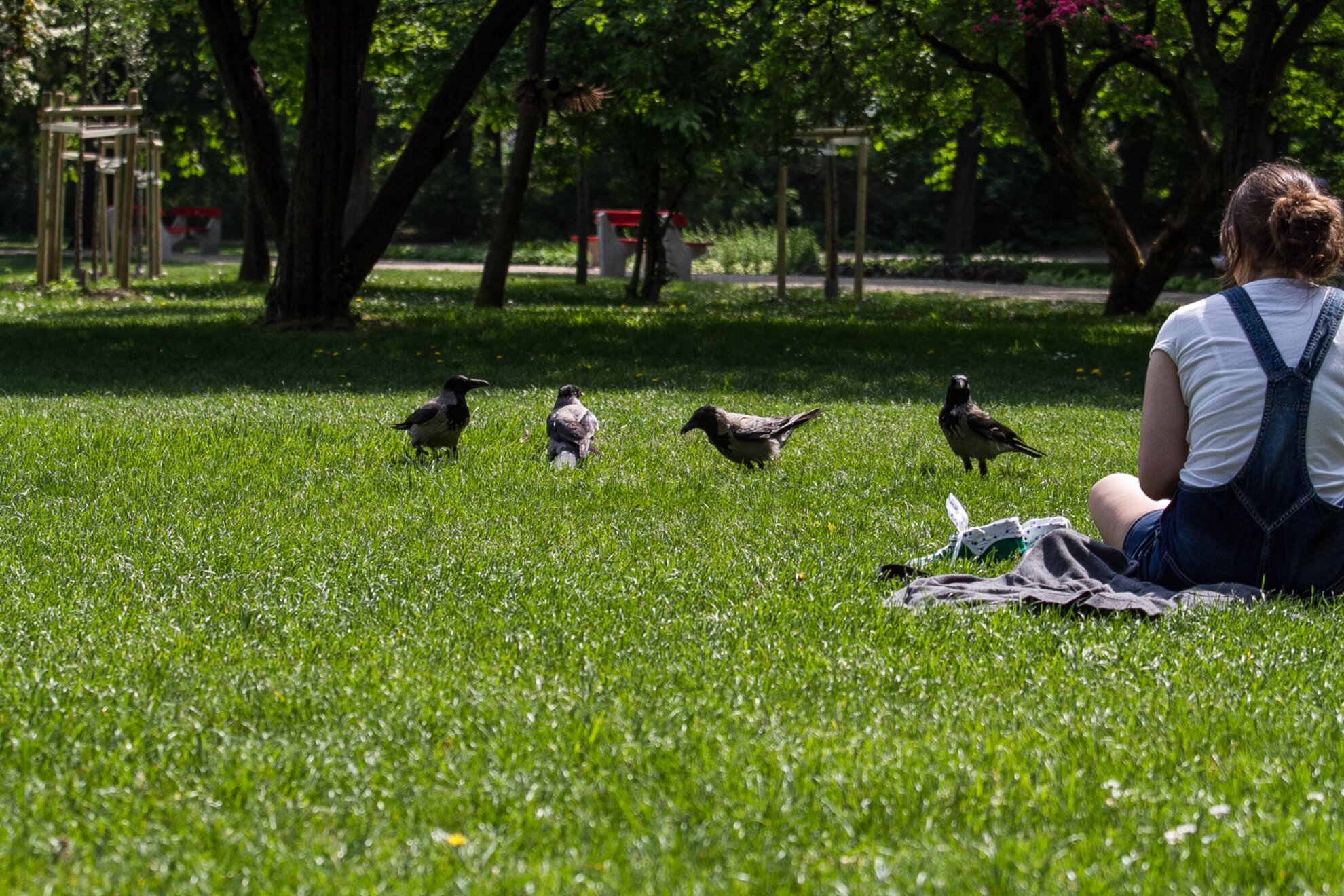
The Facebook page of the Hungarian Ornithological Society announces upcoming organised tours, given in Hungarian, which allow twitchers to observe birds on Óbuda Island, for example. Local municipalities are also helping these days: a bird-friendly garden was recently renovated in Ferencváros, and a nature trail has opened in City Park.
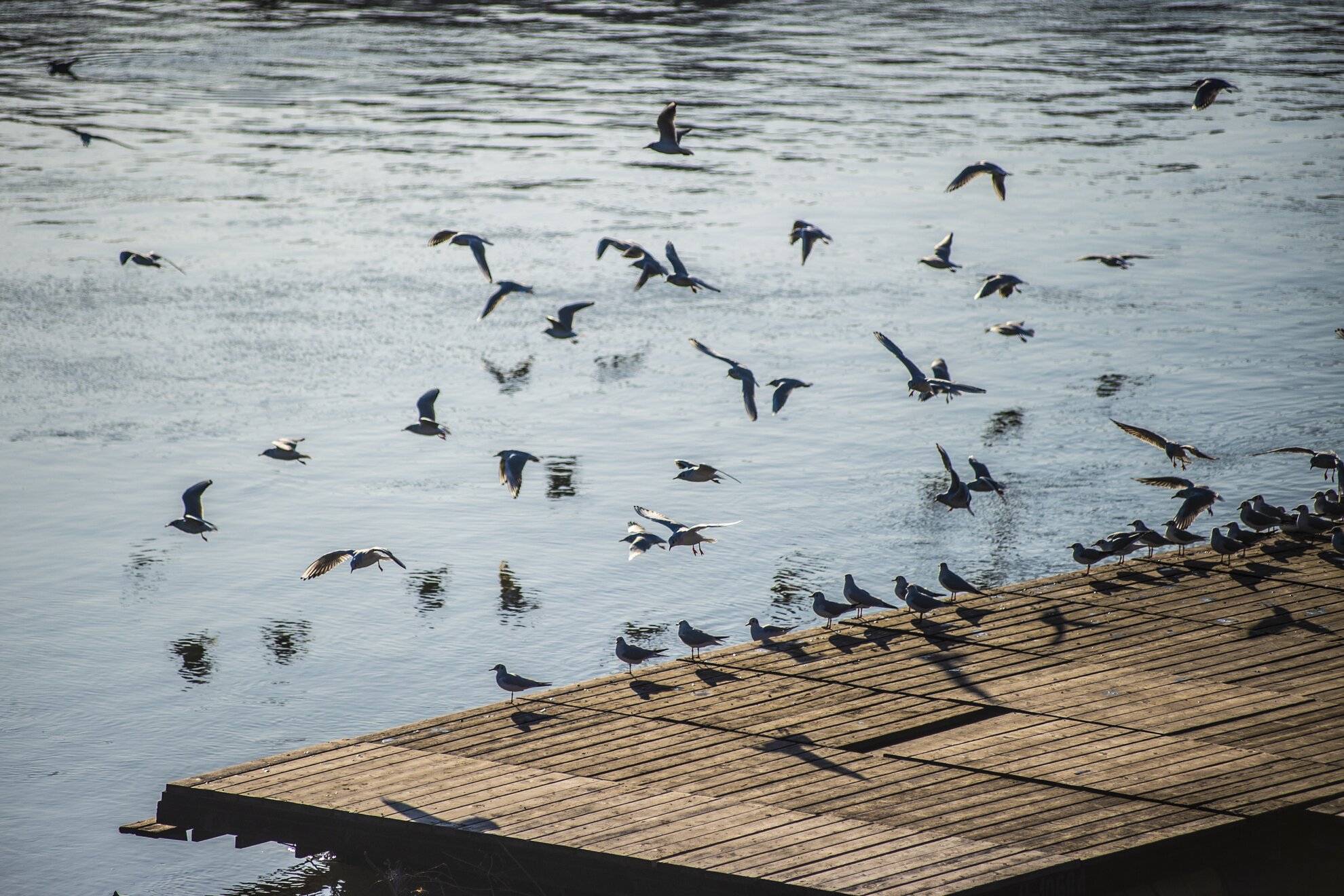
Even those at home can help, by providing water in a shallow, largeish container on their windowsills, so birds can use it for bathing as well as drinking.
Birdsong gets loudest around May-June, when mating and nest-building take place, so listen out for a cavalcade of choruses around Budapest then, as well.
